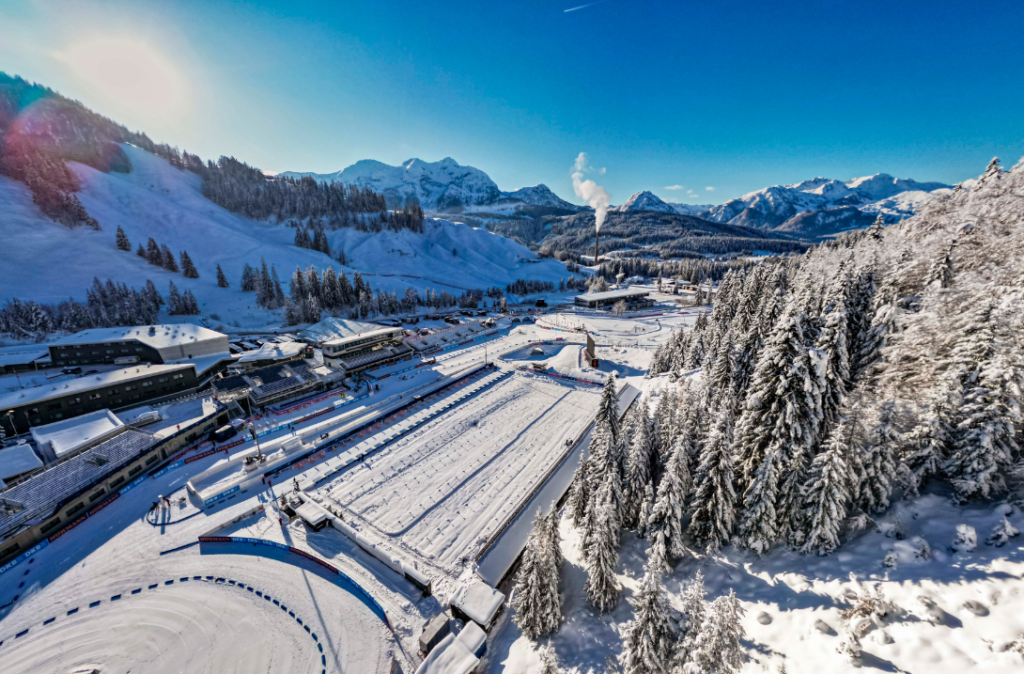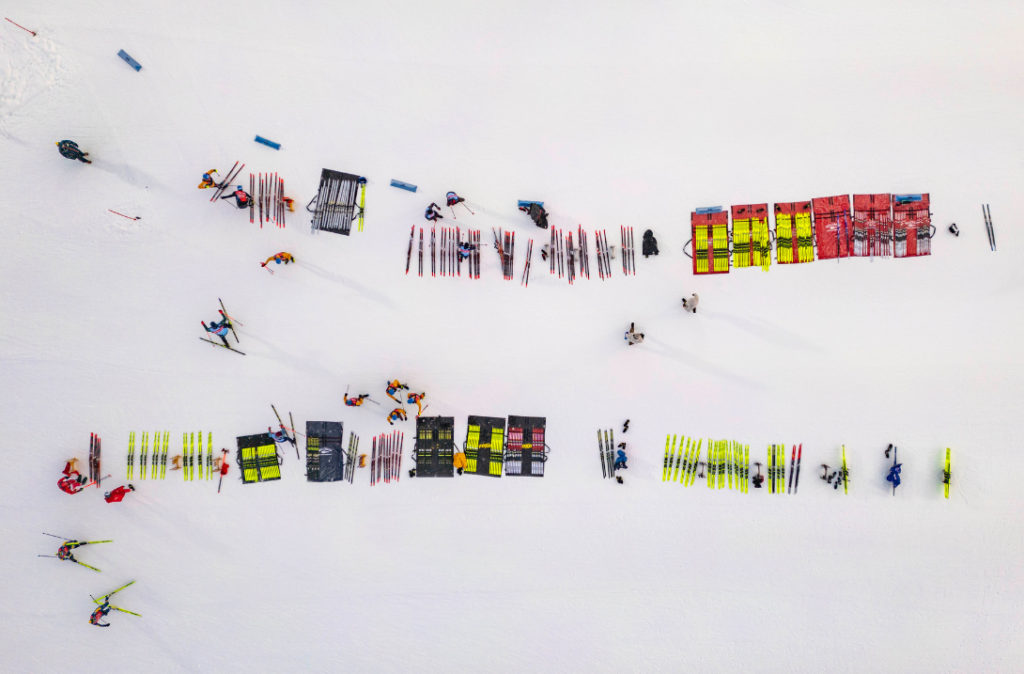Fluorine wax bans have been enforced since the start of the season, but problems remain
Admittedly, this is not a literal quote from the great scholar Paracelsus, but the Swiss physician, natural philosopher, alchemist and social ethicist said half a millennium ago that it is the dose that makes the poison.
Let's remember that at this point. And let's turn our attention to Ragnhild Mowinckel. The Norwegian is the first athlete to be disqualified for violating the fluorine-wax ban. The whole thing happened at the Alpine World Cup opener in Sölden at the end of October. The whole incident was toned down after the competition and the fast woman from Scandinavia was allowed to continue competing. However, Mowinckel's exclusion from her season debut was more than just a formal intervention in the competition due to a breach of the rules, but the preliminary culmination of a development process in recent years.
This process began in the 80s of the last century. The big material battles had been fought and plastic skis had long since replaced wooden slats as a means of transportation. But, of course, people continued to tinker and strive for advantages. Optimally preparing skis to achieve ideal conditions, whether on the piste, the cross-country ski trail or the ski jump, was a key area. Ski wax companies produced various products for a wide range of conditions. Waxes with fluorine compounds were among them. For years, nobody cared about side effects. It was only at the beginning of the new millennium - research had progressed in the meantime - that it was discovered that the mixture of fluorine and carbon, among other things, could be carcinogenic. From then on, waxing in the waxing booths was done with a mask, as waxing in the professional sector is rarely done by simply smearing it on; much more often, the wax is ironed onto the ski base. Understandably, no technician wanted to breathe in the resulting gases. So far, so good!
For years now, however, the environment has increasingly been the focus of public interest and fluorine the focus of criticism. This is because the substance is not only toxic as a wax mixture, but is also difficult to break down in nature.
However, it was not the sport that prompted the European Union to place fluorocarbon compounds on the index. As a result of this decision, however, skiing had a problem. Fluorine waxes are popular, they repel water perfectly, so the ski slows down less and you become faster - across all disciplines. What followed was a ban. With the corresponding effects. Because the best ban is useless if you can't enforce it. But that wasn't possible, there was no equipment. As a result, everything remained the same for the time being. On the contrary. Representatives of wax manufacturers reported hoarding purchases and production increased.
Nevertheless, the fluorine waxes in classes C10 and C8 - the most efficient but also the most toxic products - were initially excluded. To explain: there are three fluorine wax categories, C8 was considered a miracle product, while the C10 variant - as measurements showed - produced significantly slower results. Because everything was tested and checked, insiders revealed that there was a difference of 2.5 seconds per minute between C8 and C10, which is a world of difference when you consider that a 10-kilometer cross-country run takes around 24 minutes. With the "wrong" wax, you would therefore finish exactly one minute later with the same performance and would at best only just make it into the top ten at the last major events. C8 therefore affected almost all top athletes from all nations. Although the C6 variant produced similar results, it did not last as long on skis.
So a year passed, and then a second. But of course the world associations were interested in enforcing the bans. Various companies were busy developing testing and measuring equipment. Meanwhile, inventors, experts and companies tried to produce substitutes for the foreseeably banned product, reportedly with only moderate success. The matter came to a head.

Now the showdown in summer: the world federations FIS (skiing) and IBU (biathlon) announced that they would no longer allow fluorinated waxes with immediate effect and announced a control system. Devices had been tested over several winters and a measuring device based on infrared spectroscopy was deemed suitable.
Now, at the latest, hectic activity broke out everywhere. Not only did people now have to look for wax alternatives, but they also had to ensure that no remaining stocks would - unintentionally - lead to disqualifications. For the ski nations that are generally described as the "big ones", Norway, Sweden, Austria, France, Switzerland or Germany, for example, it meant changing materials and cleaning up. Their wax trucks underwent a general cleaning in the summer; the technicians of the German cross-country team alone are said to have spent two hundred hours cleaning their vehicles in the summer. In addition to skis, brushes, grinding machines and various other equipment were also disposed of. Even the surfaces of the irons are said to have been sanded down. Other - supposedly smaller - ski resorts did not have these facilities; here they cleaned, sanded down the surface and thoroughly cleaned the equipment.
And because people didn't think about all the details here and there, we're back to Ragnhild Mowinckel at this point. Her technician confessed to having prepared the skis with an old brush, the Norwegian's boards were then terminated and stood out.
The first fluorine-wax-free ski season is now underway in all disciplines. So far there has been (almost) no news of violations in the individual World Cup competitions. So everything is fine?
There are a few catches! A measuring device costs a whopping 30,000 euros. Or to put it another way: many nations cannot afford such expensive equipment. And they don't have to! - You could argue that if you don't grow with fluorine, you don't need to measure at all.
Like competitions, they still took place at temperatures well below zero. However, fluorine waxes are particularly effective when the tracks are wet, i.e. at temperatures around freezing point. Experts, such as Germany's head of sport for ski jumping and Nordic combined, Horst Hüttel, therefore expect that major differences will only occur towards the end of the winter.
The biggest problem, however, remains the fact that the enforceability of the bans can only be realized in the World Cup. Who, please, should control the School Cup, the Wasa Run or fun runs? Who should control the ambitious recreational runner? But that thwarts the efforts, especially those for environmental protection. And by the way: if you believe the experts, every impregnated and therefore water-repellent jacket contains many times more water than was previously steamed onto the skis. Quite apart from the fact that the products used now are often much more harmful - at least that's what it says on the packaging. As I said: it's the dose that counts.
Fotos: K.Voigt Fotografie

